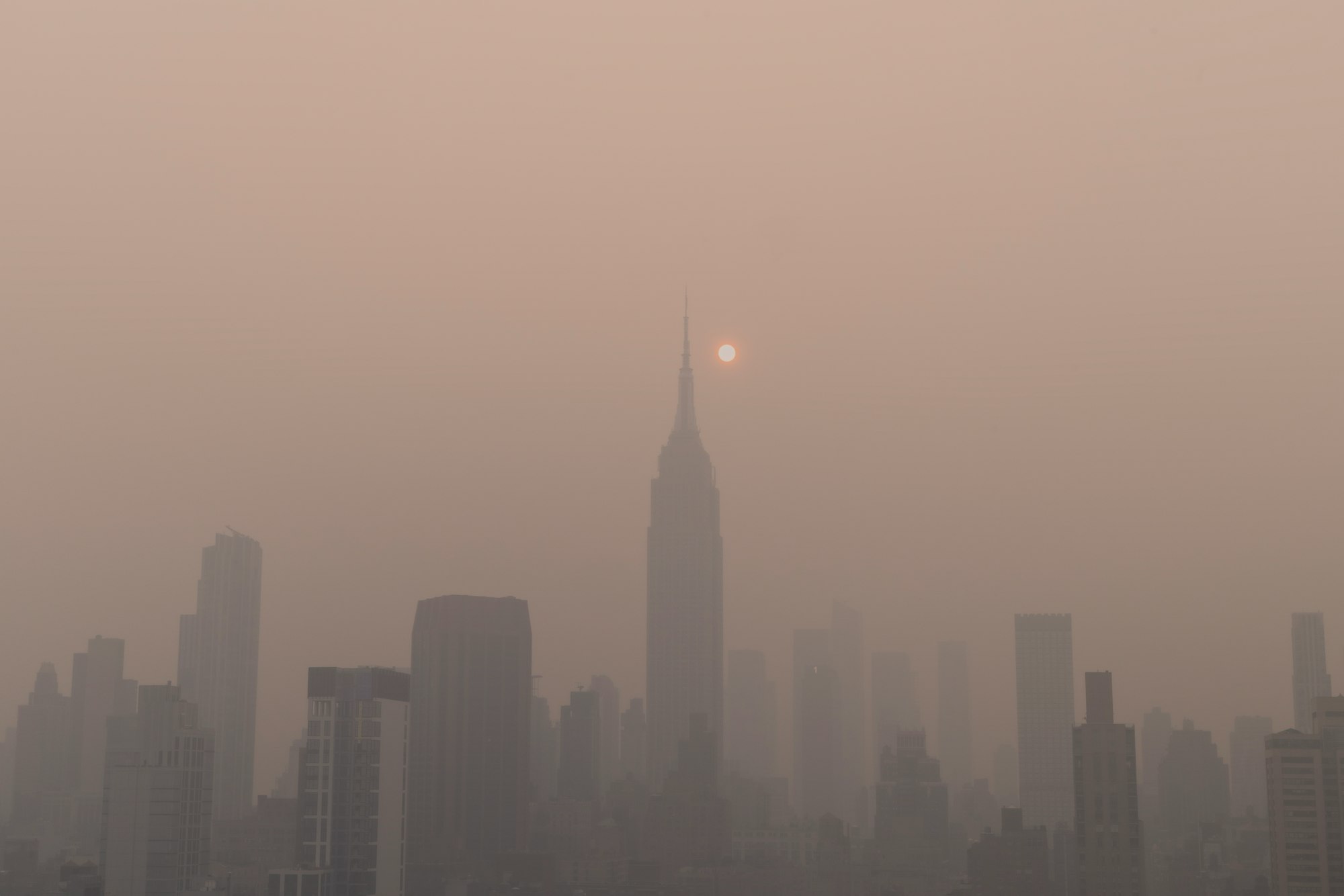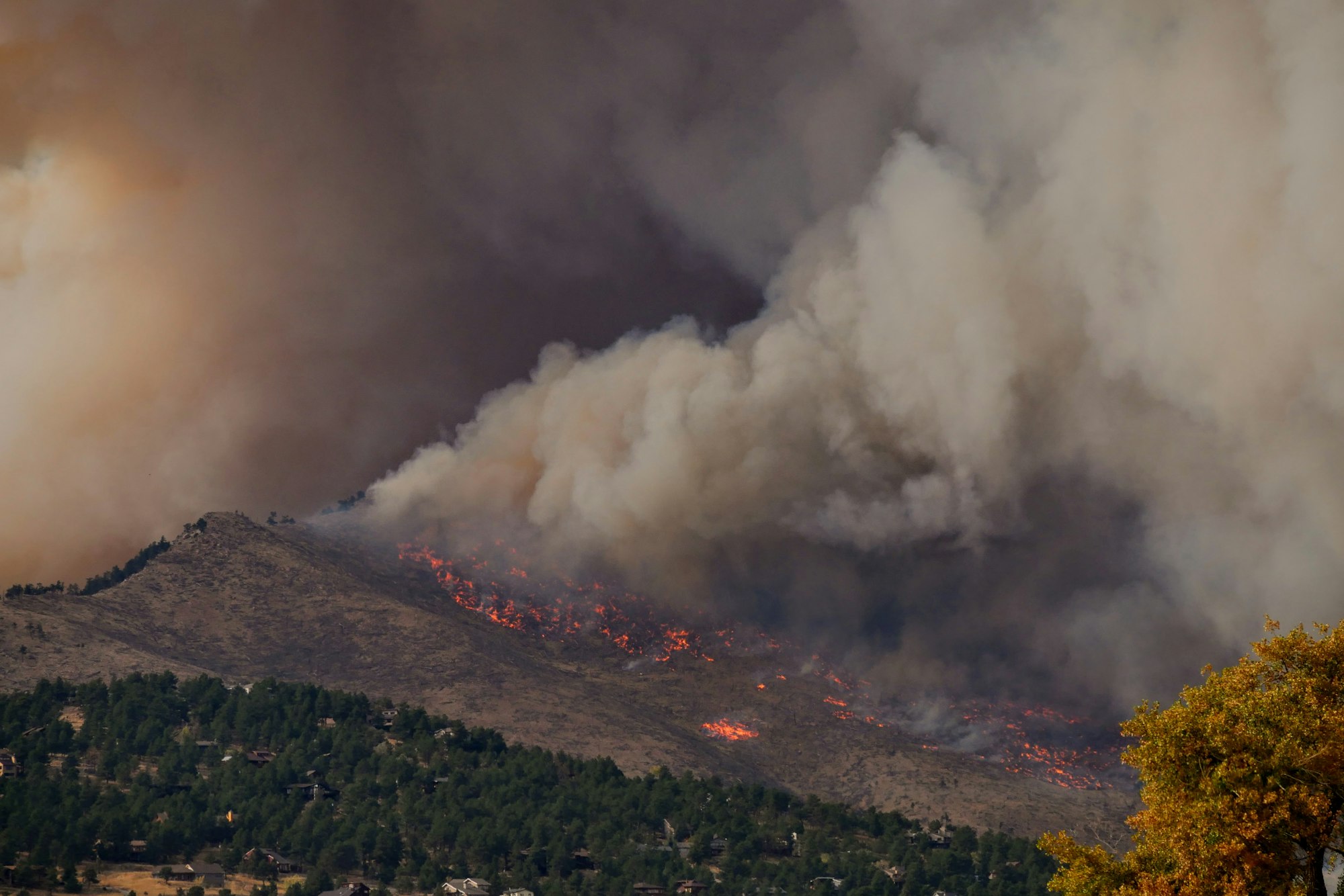Navigating the Haze: Protecting Your Health from Wildfire Smoke

As the destructive power of wildfires continues to grow, their impact extends far beyond the charred landscapes they leave behind. The rising occurrence of wildfires in Canada and the Western US has ushered in a concerning consequence: the pervasive spread of fine particles, also known as wildfire smoke. In this blog post, we will explore the significance of these particles, their potential effects on human health, and practical solutions to safeguard yourself and your loved ones from the perils of air pollution at home.
What are "fine particles," and why are we worried about them?
The air we breathe consists of various particles, including those that are particularly small in size. Fine particles, classified as PM2.5 (particulate matter with a diameter of 2.5 micrometers or less), are of great concern due to their ability to penetrate deep into the respiratory system. These particles are a major component of wildfire smoke and are released when organic matter, such as trees and vegetation, combust during a fire. Their minuscule size allows them to remain suspended in the air for prolonged periods and travel vast distances, resulting in smoke-filled skies even thousands of miles away from the source.
What effect can those fine particles have on human health?
The infiltration of fine particles from wildfire smoke into our lungs can have profound implications for our health. The tiny particles found in smoke can be up to 10 times more harmful to human health than soot from other things like cars and factories, according to research published in the journal Nature earlier this year. Breathing in these microscopic particles can irritate the respiratory system, trigger or exacerbate asthma attacks, and cause shortness of breath, coughing, and wheezing.

Moreover, the toxic components present in wildfire smoke, including carbon monoxide, volatile organic compounds (VOCs), and hazardous chemicals, can pose serious risks to both respiratory and cardiovascular systems. Prolonged exposure to these pollutants may increase the likelihood of respiratory infections, heart disease, and even premature death, particularly among vulnerable populations such as the elderly, children, and individuals with pre-existing respiratory conditions.
What solutions are available to protect yourself and your loved ones from air pollution at home?
- Stay informed: Keep abreast of air quality updates provided by local authorities and use reliable resources like air quality index (AQI) apps or websites to monitor the current conditions in your area.
- Minimize outdoor exposure: When wildfire smoke engulfs your surroundings, limit your time spent outdoors, especially during peak pollution hours. If outdoor activities are necessary, consider wearing an N95 or P100 respirator mask to filter out fine particles effectively.
- Create a clean indoor environment: Safeguard your home by ensuring it remains a haven from the polluted outdoor air. Keep doors and windows closed, and utilize high-efficiency particulate air (HEPA) filters in air purifiers or HVAC systems to capture fine particles and other pollutants indoors.
- Enhance indoor air quality: Consider using portable air purifiers equipped with HEPA filters in rooms where you spend the most time. Additionally, using humidifiers can help alleviate respiratory symptoms caused by dryness and irritation.
- Practice proper ventilation: If your home lacks an air purifier, create airflow by opening windows and using fans to improve ventilation. However, be cautious during periods of high pollution, as this strategy might introduce more smoke particles indoors.
- Seek cleaner air spaces: If the air quality becomes unbearable inside your home, seek refuge in designated clean air spaces, such as community centers, libraries, or shopping malls with appropriate air filtration systems.
As wildfires continue to ravage vast expanses of land, their harmful byproduct, fine particles, poses a considerable risk to human health. Being mindful of the dangers associated with wildfire smoke and implementing practical solutions to protect yourself and your loved ones is of utmost importance. By staying informed and minimizing outdoor exposure.

